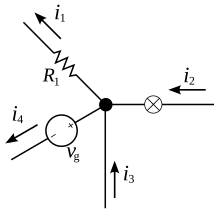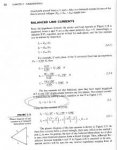If you really think that is what Smart$ has calculated then you are not getting it.
apparently I'm not the only one
all 4 of these use the same convention
please consider:
wye-wye with n xfmr-load connection
current convention as follows:
xfmr Xabc OUT and IN to load
load center node OUT and IN to the xfmr X0
this forms a current loop which KVL can be applied with proper sign
if the n was OUT of the X0 and IN to the load nod the loop would have the current convention/loop opposing
we are discussing a wye-wye based on the OP spreadsheet, not some theoretical connection in space without context
I'm done
let the reader decide, he has enough crap to sift thru :lol:



















